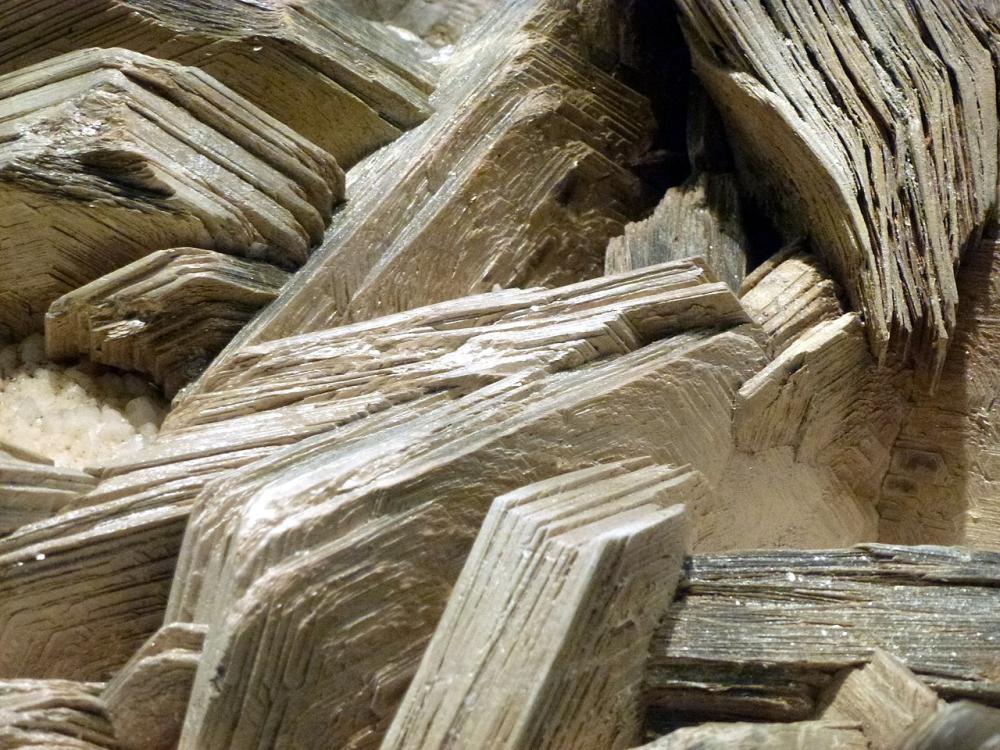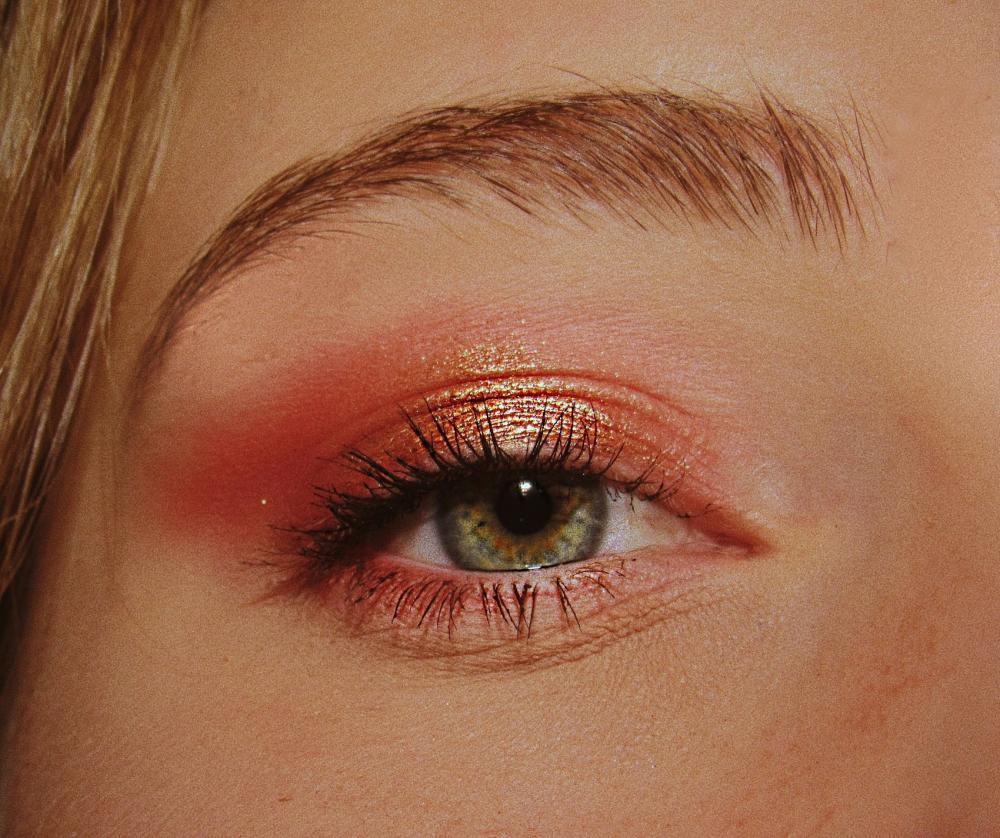Sparkle-washing: The ugly truth behind sparkly make-up


The shimmer in your makeup is more than just aesthetics—it tells a story of exploitation, resilience, and ethical challenges. MA student Sara Eisya Ghozali uncovers the truth behind the mineral mica.
Makeup has long been celebrated as a tool for self-expression, boosting confidence and creativity. But beneath the shimmer of your favourite products lies a troubling reality: the unethical and exploitative practices surrounding mica, a key ingredient in many makeup formulations. This hidden issue reveals how the beauty industry uses “sparkle-washing” to obscure its darker side while maintaining a facade of sustainability.
What is mica, and why do we use it?
Mica is the mineral responsible for the shimmering glow in many makeup products, from highlighters to eyeshadows. Listed as potassium aluminium silicate or CI 77019, it’s prized for its luminous finishes. Beyond makeup, mica is essential in industries such as electronics, paints, and construction, making it a highly sought-after resource.
However, this demand comes at a cost. High-quality mica is often sourced from countries like India, where mining operations in impoverished areas exploit vulnerable communities, including children. The lack of transparency in supply chains, coupled with the industry’s dependence on mica, has allowed unethical practices in this extractive industry to persist.
The human cost of mica mining
India is the world’s primary producer of high-quality natural mica, with mining operations in remote and impoverished areas that exploit child labour to extract the sparkly mineral.
Mica miners endure exploitative conditions in the name of survival to sustain a global demand for sparkle
Families often depend on mica mining for survival, despite life-threatening risks that include serious injuries, lung diseases, and even fatalities. Mica miners endure exploitative conditions in the name of survival to sustain a global demand for sparkle, and this echoes the struggles of other marginalised communities worldwide.
Sparkle-washing: Shiny on the outside
Despite growing awareness of mica’s exploitative shine, many beauty brands continue to market themselves as sustainable or ethical while failing to disclose their mica sources. This practice - what I call sparkle-washing - is a way for brands to capitalize on consumer desire for “clean” and “natural” products without taking full accountability for the environmental and social harm tied to mica mining.
As Dinah Rajak highlights, such strategies reflect “corporate willful blindness,” where companies obscure the consequences of their operations to maintain a positive public image. By packaging their products in sustainability narratives, brands distract consumers from the extractive and exploitative systems that support their business.
Synthetic mica: The ethical alternative?
One proposed solution to mica’s ethical concerns is synthetic mica, a lab-grown alternative touted as environmentally friendly. Brands like Lush have embraced this synthetic sparkle, having transitioned entirely by 2018 to avoid the use of natural mica linked to child labour.
While this move has been praised for its ethical intentions, it is still a form of sparkle-washing. Synthetic mica, being non-biodegradable and lab-made, raises questions about whether it can genuinely be considered “natural” or sustainable. Furthermore, a large-scale transition to synthetic mica may exacerbate carbon emissions involved in its production and supply.
By adopting this technofix, brands may sidestep the ethical issues tied to natural mica, but they risk perpetuating the same reliance on extractive industries. Similar to how certain industries use Corporate Social Responsibility initiatives to deflect accountability, synthetic mica allows brands to uphold an ethical image while masking deeper systemic problems.
Can the makeup industry shine ethically?
Transitioning away from natural mica entirely may not be the best solution, especially for communities whose livelihoods entirely depend on it. Instead, initiatives like the Responsible Mica Initiative (RMI) aim to create a fair and sustainable mica supply chain. By 2050, RMI seeks to eliminate child labour and improve conditions for miners, though such progress takes time.
By uncovering the truth behind the sparkle and demanding greater accountability from the beauty industry, we can push for meaningful change in the makeup industry.
In the meantime, some brands may continue to deploy sparkle-washing tactics to promote an ethical image while relying on natural mica. As consumers, we must remain vigilant, questioning brands’ claims and supporting those committed to transparency, accountability and ethical sourcing.
Beauty beyond the sparkle
The shimmer in your makeup is more than just aesthetics—it tells a story of exploitation, resilience, and ethical challenges. By uncovering the truth behind the sparkle and demanding greater accountability from the beauty industry, we can push for meaningful change in the makeup industry. After all, true beauty lies not just in how something sparkles but in its overall creation.
To know more
- Behold the Black Caiman: A Chronicle of Ayoreo Life by Lucas Bessire
- The Ugly Side of Beauty: Child Labour In Mica Mining – The Truth Behind The Shimmer by Lexy Lebsack, Refinery29
- Waiting for a Deus ex Machina: ‘Sustainable Extractives’ in a 2°CWorld by Dinah Rajak, Critique of Anthropology
- Responsible Mica Initiative
- Global Mica Mining and the Impact on Children’s Rights by Irene Schipper and Roberta Cowan, Amsterdam: Centre for Research on Multinational Corporations (SOMO)
- Why natural mica is a no-no for Lush by Amy Shepherd at Lush
- Synthetic Mica Vs Natural Mica – What is the difference? By Micamona
Header image credit: Siora Photography via Unsplash.
About the author
Sara is studying MA in Anthropology of Global Futures and Sustainability and has a background in Environmental Sciences. She has worked in Malaysia’s environmental sector and is passionate about bridging science and social science through strategic communications.




